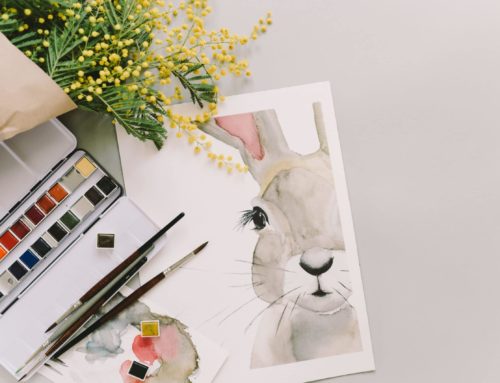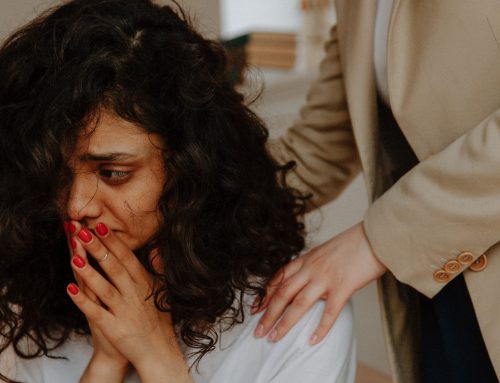What to Expect When Meeting Your Art Therapist?
Coming into therapy is a hard and brave decision for anyone to make; therapy is a healing journey led by you and the things that art important to you.
Art Therapists will offer therapy via online video platforms as a way to fill gaps in care. For communities who don’t have access to full time counselling or an available Art Therapist the online platform gives the option to access mental health services in your community.
There are limitations to the online format; we may need to move cameras around and sometimes it can be hard to get a sense of how your feeling, so we may ask more questions and it might be necessary to have someone help you out. But the positives outweigh the negatives, where in your therapist can meet you almost anywhere you’re comfortable and they can meet regularly and an ongoing schedule to meet your needs. No more waiting for someone to come to community or travelling for days to get the support you and your family need right now.
But what to expect when I come into therapy?
Like any therapy, before we can begin, we must first obtain consent. Informed consent is an important cornerstone to providing care; think of it like giving permission to the therapist to hear your stories. It ensures you know that sessions always remain confidential and private, with some exceptions that focus on safety. Consent builds trust between you and your therapist and no therapy can continue without your permission.
Once consent has been given, therapy can begin. The sessions are usually between you and your therapist, but sometimes that can be uncomfortable; in this case you can ask to have the e-helper or someone you trust stay with you in the room. You have the right to ask them to leave at any time.
Materials
The Art therapy space will have many materials available for you, these materials are yours to use for the time you are in session with your therapist. You can choose what to work with, how to use the materials and how much or how little to use. The only rule is that you help the e-helper clean up should there be a large mess.
If ever there is something you would like that has not been made available, let your therapist know and we can try to help get it for the next session.
Need to know
The time you meet with your therapist is yours, to talk, not talk, paint or draw – the time is to be used as you need to. Your therapists’ job is to meet your needs, to walk alongside you in care. With that in mind know there are no expectations; your healing takes what it takes for you.
Art Making
There are no judgements about the art you make or the stories they tell. Your art therapist is mostly interested in the meaning you make from the things you make, not what it looks like. You don’t have to be an artist or have any skill to be in Art Therapy. The therapist may make some observations and ask questions to get your story but they are not assessing or looking for anything specific because it’s not up the therapist to tell you what’s important – that’s up to you.
I once had a client who was convinced, I had an ulterior motive when I would ask questions to get a sense of the image; they went out and purchased more than eleven art therapy books (probably more than I own now!) to try and figure out what I was looking for. When they failed to find the answer in the books I reminded them the meaning was theirs alone, it could not be found in a book unless they put it there.
Sometimes the Art Therapist may need to guide the sessions with directives in order to get some more information about how you understand your experiences and how they can help you move forward.
Your Art Therapist will ask to take a photo of your work for your log, its like a time capsule of your care. You can choose to take your art home or leave it to be stored safely with the e-helper.
Experiences and Beliefs
Your life and experiences are honoured in the therapy space, they are important to share with your therapist in order for both of you to move forward in a good way. Your therapist will not judge or place expectations on your thoughts or experiences; they haven’t lived your life so they need to know how you move through the world as best they can through your stories.
Summary
Therapy is a process of two or more people walking together and sharing in healing. It can be a long a difficult journey, but you are supported by your therapist, by the e-helper and by those who are most important to you. There really isn’t one way to be in therapy because the purpose is for meaningful change to take place in your life.






